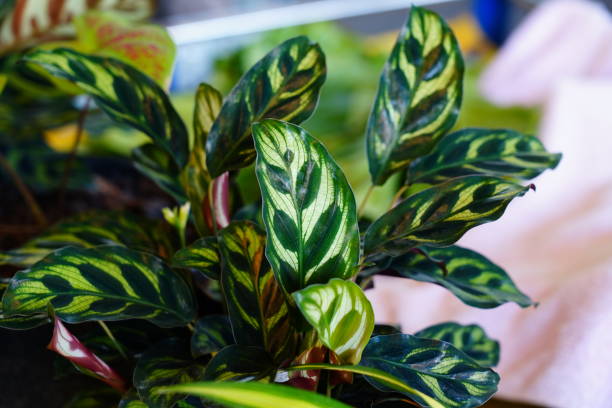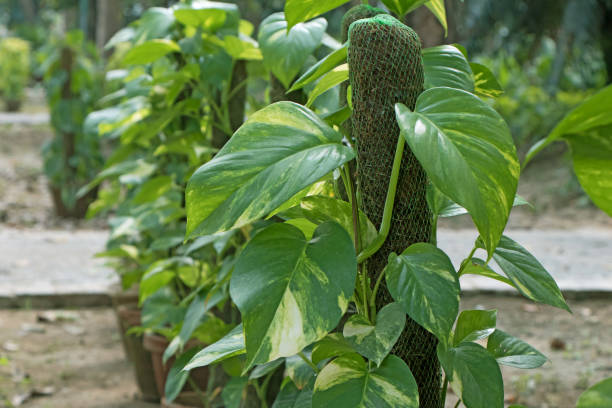How to start a vegetable garden from scratch?
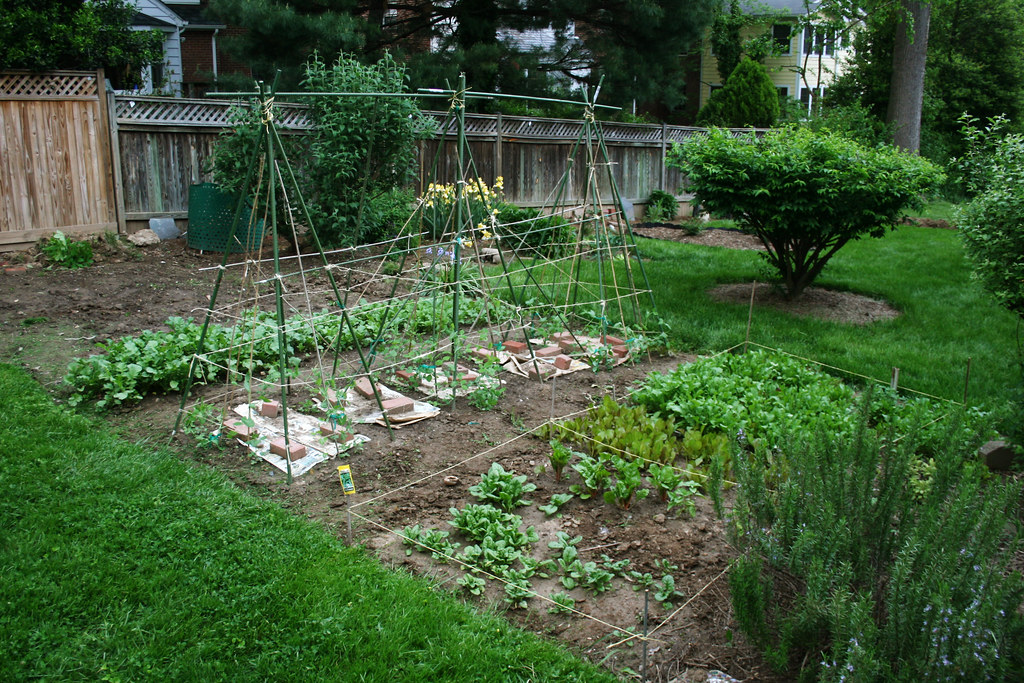
Vegetable gardening is a great way to save money and get up close to nature at the same time. You are planting one $3-5 plant. Can provide 10 pounds tomatoes if well taken care of. Growing your favorite vegetables and herbs from seeds will save more money. You will also notice the difference in texture and flavor of your garden produce is way better than grocery bought vegetables. Vegetable gardening will also make for a fun activity if you have kids at home.
If you are a rookie in vegetable gardening, then you are in luck. Did into our tips, tricks to prepare, plan, and maintain a beautiful vegetable garden.
Size of the garden matters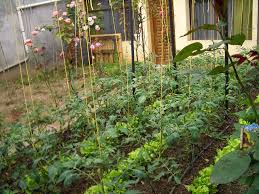
If you are doing this for the first time, then start small. You would like to be thrilled and not frustrated by putting in a lot of time and effort in a big garden. Plus, it is better to learn and practice the basics in a small place instead of investing in a big vegetable garden. You will get an idea of what gardening requires. You will know if you like spending time with plants, weeding, and watering. You will know how much vegetables to produce for the family to eat during summers. A decent-sized garden for a beginner would be 10×10 feet. Keep the garden simple. Select five different types of vegetables you would like to grow and plant a few of each. You will get plenty of fresh vegetable produce for all your summer meals. You can also grow vegetables in a container. You would not even require Yard, a balcony or sunny deck would do just fine.
Grow what you would love to eat
The answer to what you like to eat will tell you what vegetable plants to grow in your garden. Before you pick the shovel and start digging, consider the following points:
Productivity- estimate the requirement of your family, and how will you freeze the Vegetable or giveaway the excess? Be realistic about the requirement of plants or seeds that need to put in the ground. Don’t plant too much. Vegetables like peppers, squash, and tomatoes will keep proving throughout the entire season. Other vegetables like radishes, carrots, and corn are harvested only once and need to be replanted.
Location of the garden
Choose the garden site carefully. If you are thinking of doing this in your backyard, then be aware of trekking out every day to check for water need and pest and ready to pick produce. If you make the vegetable garden somewhere closer to the house, it will be easier for you to harvest and pick fresh produce while you cook in the kitchen or grill outside. Consider the sun movement during the day. Try to orient the garden from the north to the south direction. This way, the plants will have maximum exposure to the sun. Soil, sun, and water are three basic requirements for successful vegetable planting.
Test and Fix the soil
The plants and vegetable swill suffer without ideal soil conditions. It is important to test the soil before you start planting. Three easy to test the soil:
- Soak the soil and Dig- use a hose to soak the soil wet and wait for one day, dig up handful soil next day to test.
- Squeeze hard- squeeze the soil hard, and if you notice water streaming out, then you would need to add organic compost to improve the soil drainage.
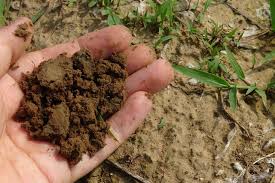
- Open the hand- if the soil is falling apart and not forming a ball, that means it is too sandy. This can be improved by adding organic matter. If the ball is breaking into crumbs similar to a chocolate cake, then the soil is ideal for growing plants. You can install raised beds to improve drainage.
Choosing varieties of Vegetable
Pay close attention to the seed packet description when selecting vegetables. Every variety has its own specific benefits. Some varieties produce diminutive plants that are ideal for small gardens or containers, while others are good for improved yields and better resistance. Try to incorporate two-three different types of varieties of one vegetable.
Transplants vs. seeds
Decide if you want to start from seed or young vegetable plants. If you choose, seeds then remember that annual vegetables should be started inside fo up to six weeks so that they can last the frost. Plants like beans, carrots can be directly sown in the soil. The better choice is to buy a seedling from the garden center or nursery and then transplant them into the garden. This method is great for growing celery, kale, and broccoli. Transplants grow faster than seeds and also resist pests.
Care for your vegetable garden
After you have put in so much effort into preparation, planning, and planting the vegetables, don’t let the garden wither away during summer. Follow these easy steps to keep your vegetable garden strong.
- Stop weeds- weeds try to compete with the Vegetable for water, light, and nutrients; try to keep them to a minimum. With the help of a hand fork, hoe lightly stirs the top inch of the soil to prevent weed seedlings.
- Fertilize vegetables- to maximize the produce fertilize your vegetables. Organic gardeners add high-quality compost when planting. That is all the vegetables require. Other gardeners apply pre-packed warm-season fertilizer for vegetables. Follow the direction mentioned in the bag.
Prevent pest and diseases
Keep the animals out like rabbits and deer. They can disrupt vegetables. You will need an 8-foot tall fence to steer clear of deers. Extend the fence 6 inches beneath the soil to prevent rabbits from digging their way inside the garden.
Spray insecticides to prevent insects in the garden. Follow the directions written on the pest control chemic packaging.
To fight with fungal diseases, water the soil instead of plant leaves. If you find a sick plant immediately pull it out and throw it away, adding sick plants in your garden will make the other plants sick too.
Harvest the vegetables
Gardening is all about harvesting your own vegetables. There are many vegetables that can be harvested several times in the season. For example, lettuce leaves continue to grow after you snip them. Similarly, cucumbers and zucchini can be harvested again.





